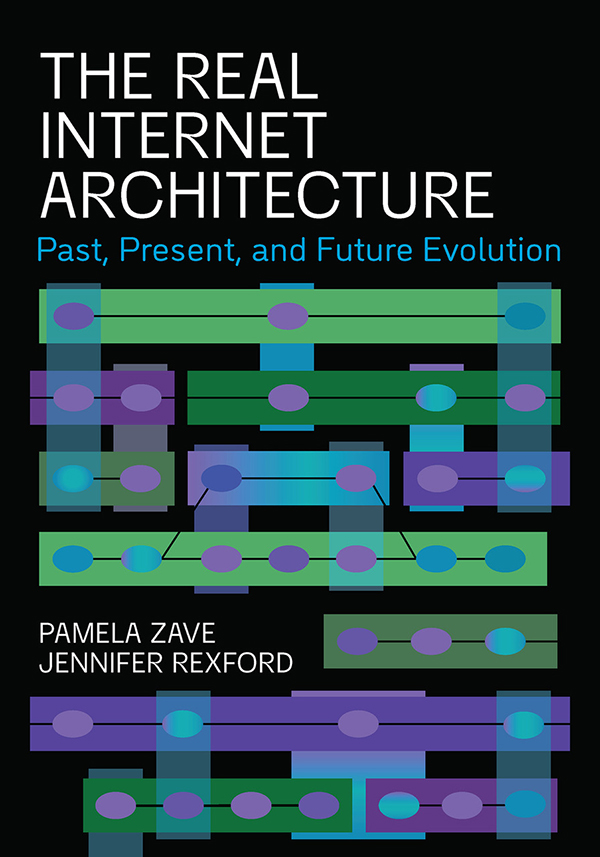This book meets a long-standing need for an explanation of how the
Internet's architecture
has evolved since its creation to perform
an ever-broader range of the world's communication tasks.
The book introduces a new model of network architecture,
called Compositional Network Architecture, that exploits
a powerful form of modularity to provide lucid, insightful descriptions
of complex structures, functions, and behaviors in today's Internet.
Because of the model's generality, the original Internet architecture,
today's Internet architecture, and many possible future Internets are
all instances of it.
For practitioners, the book offers a precise and realistic approach to
comparing design alternatives and guiding the ongoing evolution of their
applications, technologies, and security practices.
For educators and students, the book provides patterns that recur in many
variations, in many places in the Internet ecosystem.
Each pattern tells a compelling story with a common problem to be solved
and a range of solutions for solving it, which conveys engineering
knowledge and and helps to present the ever-growing set of networking
topics in a concise and intuitive manner.
For researchers, the existence of a rigorous formal model of
network architecture opens new possibilities for network analysis
and development, based on modular reasoning,
code synthesis,
and verification of user-level service properties.
Also check
Compositional Network Architecture
for book-related resources.


